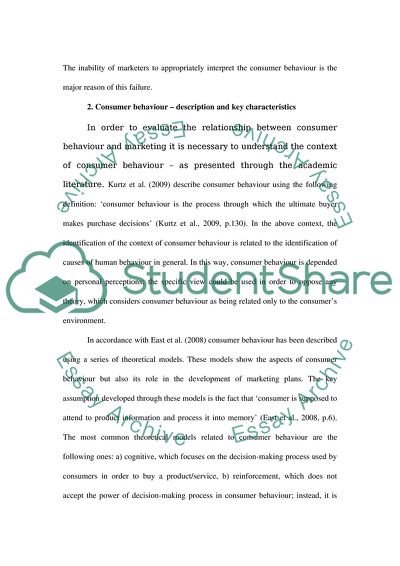Cite this document
(Understanding of Consumer Behavior For Effective Marketing Essay, n.d.)
Understanding of Consumer Behavior For Effective Marketing Essay. Retrieved from https://studentshare.org/marketing/1745765-an-understanding-of-consumer-behaviour-is-essential-for-effective-marketing-discuss
Understanding of Consumer Behavior For Effective Marketing Essay. Retrieved from https://studentshare.org/marketing/1745765-an-understanding-of-consumer-behaviour-is-essential-for-effective-marketing-discuss
(Understanding of Consumer Behavior For Effective Marketing Essay)
Understanding of Consumer Behavior For Effective Marketing Essay. https://studentshare.org/marketing/1745765-an-understanding-of-consumer-behaviour-is-essential-for-effective-marketing-discuss.
Understanding of Consumer Behavior For Effective Marketing Essay. https://studentshare.org/marketing/1745765-an-understanding-of-consumer-behaviour-is-essential-for-effective-marketing-discuss.
“Understanding of Consumer Behavior For Effective Marketing Essay”, n.d. https://studentshare.org/marketing/1745765-an-understanding-of-consumer-behaviour-is-essential-for-effective-marketing-discuss.


